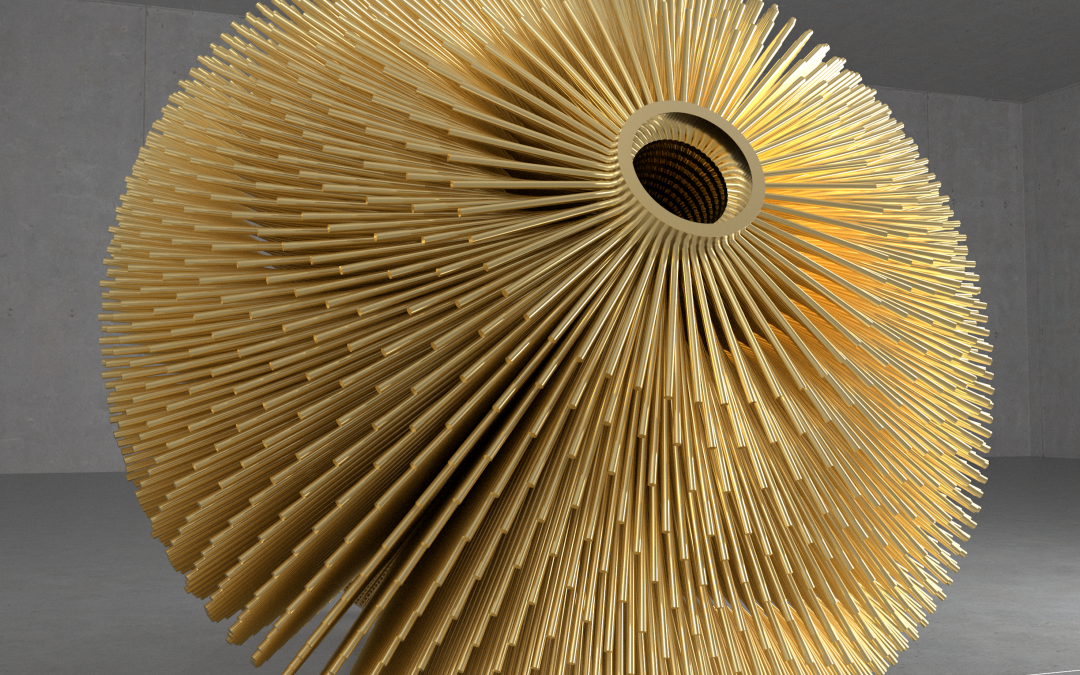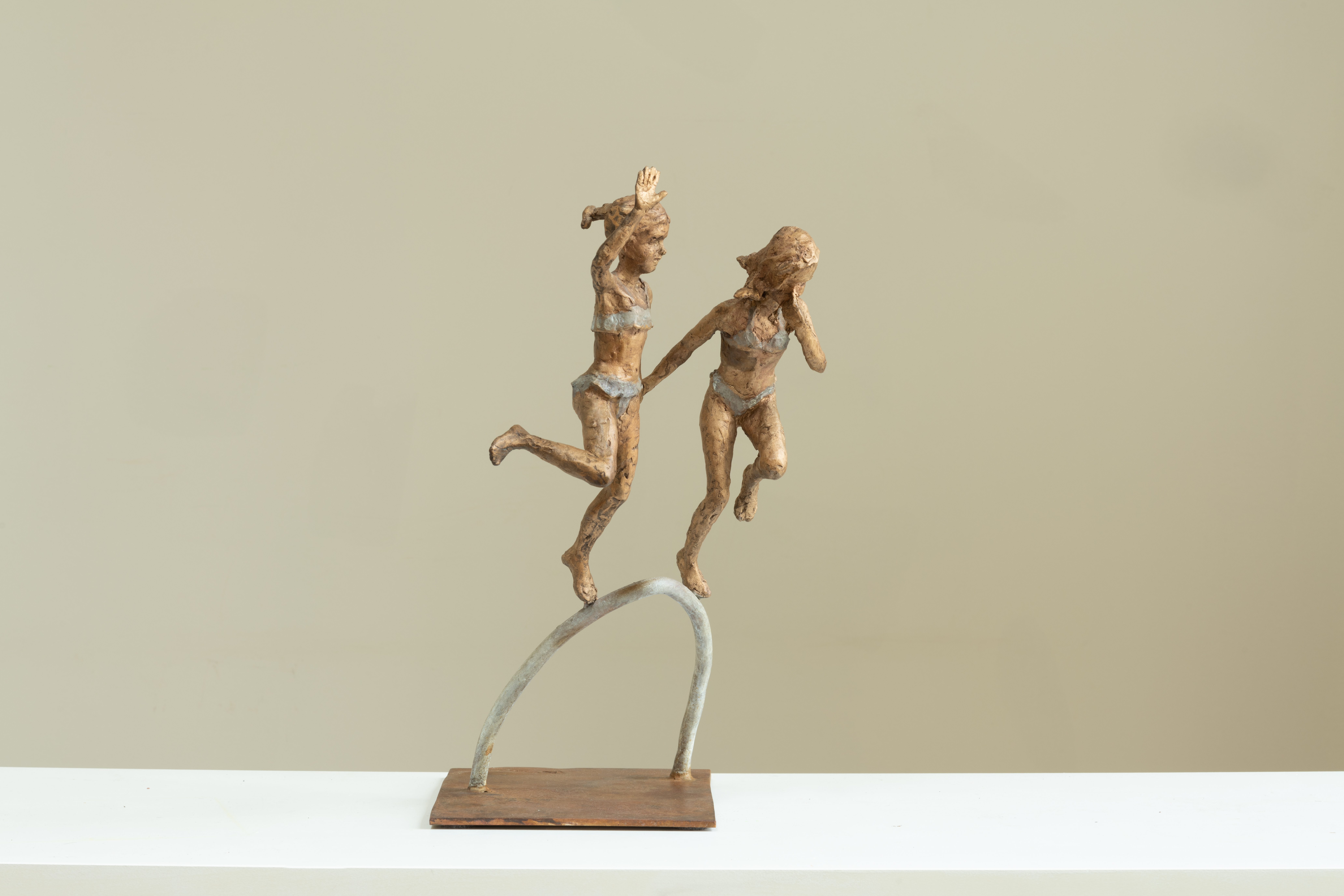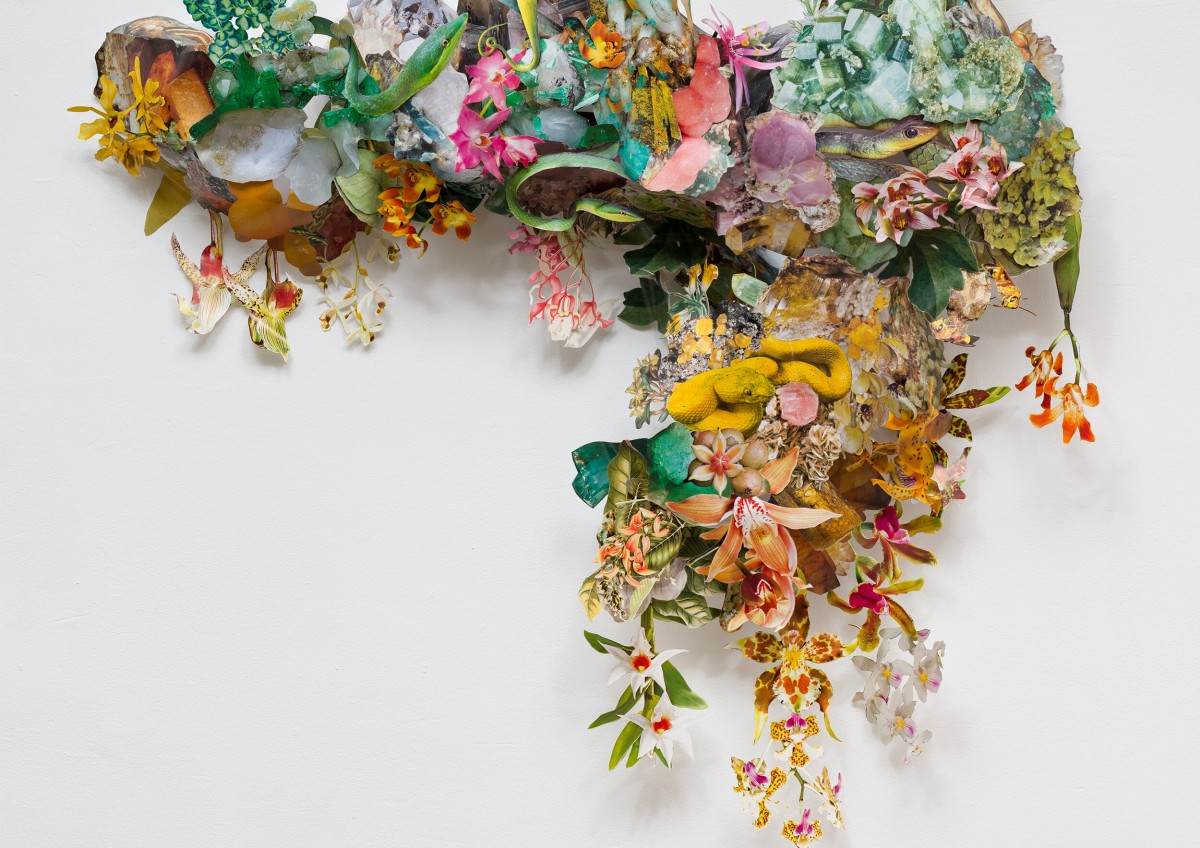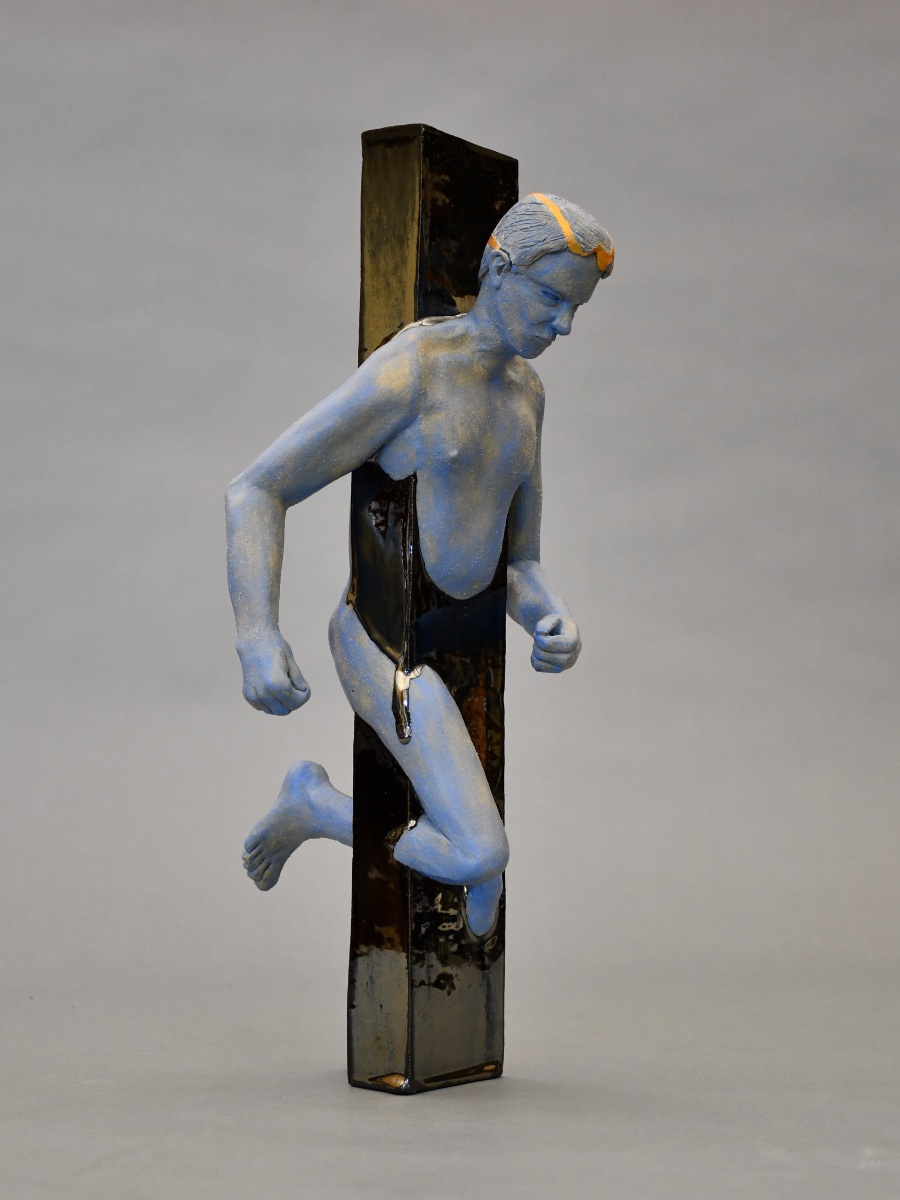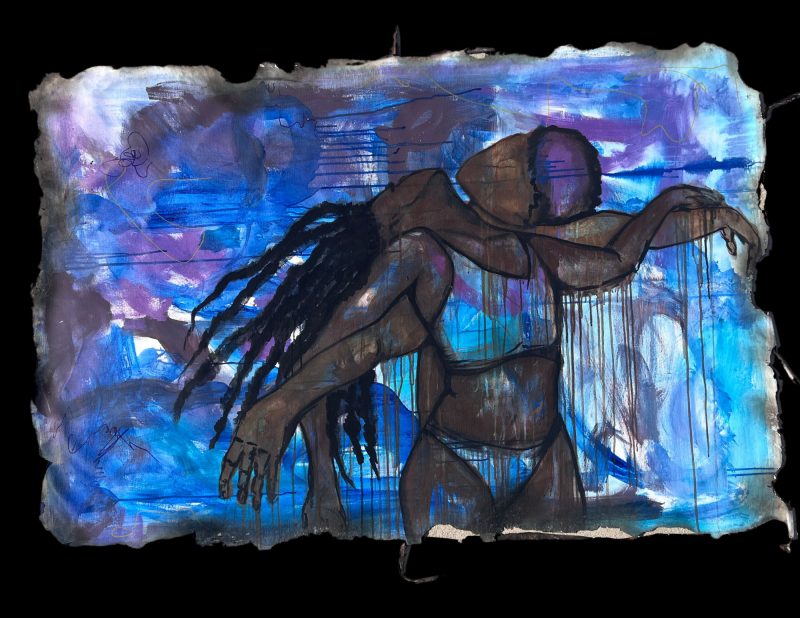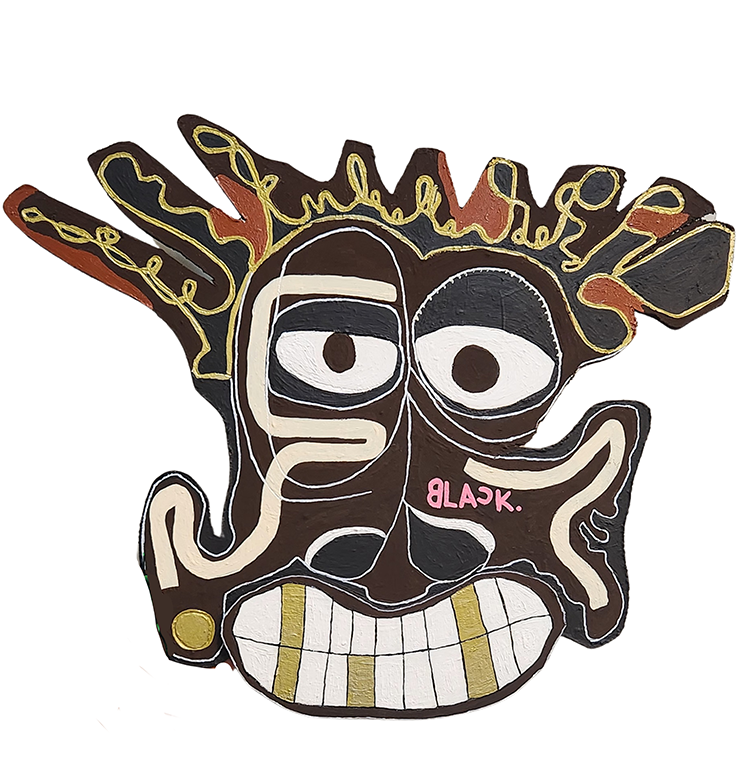Evan Demas is an artist and designer based in Melbourne, Australia. His art employs industrial and plant-based materials to produce three-dimensional objects and installations with a potent visual dynamic. Evan’s creative methods range from intuitive direct interaction with material to employing the use of CAD software to visualize concepts in digital space. Experimenting with contrasting elements such as form, repetition, contours, negative and positive space, shadows and reflections, he demonstrates an impressive range in art, creativity, and designed.
Did you always have an interest in art?
From a young age, I had displayed a talent for drawing and was encouraged by my parents to pursue this interest. I attended a high school that focused on graphic design and illustration, where I began to consider a commercial art based career. After completing high school, I enrolled in an art and design course at a local TAFE college. It is there that I become more acquainted with art in general; in particular, sculpture, after attending a sculpture class under the tutorage of Van Komis.
When did you begin to purse art professionally?
After college I had been a little aimless contemplating my place in life, after having to deal with the recent loss of my mother and my father a number of years earlier, both due to ill health. It made me contemplate how fragile and impermanent life is, and [that] maybe it’s better to focus on things that can be more fulfilling and perhaps create more meaning to my experience of life. You could say it’s from this moment that I decided to pursue art more seriously.
When did you become interested in Japanese aesthetics, and what about the aesthetics are you drawn to?
Van Komis first introduced me to the stone sculptures of Japanese/American artist Isamu Noguchi at college. Noguchi’s work immediately made an impression on me. I found an intuitive connection with his work, yet at the same time abstraction was still quite new to me and I wasn’t sure what to make of it.
In the following years, I was introduced to Japanese martial arts and the relationship to Zen philosophy, as well as the peculiar Japanese aesthetic concept of wabi sabi. During this period I also became familiar with the visual arts of Japan, which included traditional forms such as calligraphy and Zen gardens, as well as contemporary art movements such as the Gutai and Mono-ha groups.
Eventually I came across the work of Hiroshi Teshigahara, headmaster of the Sogestu School of Ikebana. I was particularly fascinated by his large-scale bamboo installations. His work really opened my mind up to what was possible in making contemporary art.
To put it simply, I became attracted to Japanese aesthetics by their extraordinary ability to express creatively simple yet powerful gestures, with, at least from my point of view at the time, an unconventional approach to use of material and space.
Are you currently teaching Sogetsu Ikebana?
Not on a regular basis at the moment, but I am open to conducting workshops in the future.
When did you get your teaching certificate?
Approximately 15 years ago, under the instruction of Carlyne Patterson.
What materials do you prefer to work with when sculpting?
It’s an interesting question. I am not sure if I have a preference. I love using both natural and industrial materials and even combining both. I have used leaves, grass, tree branches, bamboo, sheet metal, metal pipe, even paperclips, amongst others. Through my knowledge of Sogetsu Ikebana and Japanese aesthetics you train yourself to see all materials as potential.
In developing my art practice, it was a case of making the most of my limitations in terms of finances, technical know-how, as well as my ability to visualize potential in ordinary objects. These limitations introduced me to new materials and helped me to formulate a style and artistic language.
I have always enjoyed challenging myself with different materials, yet it seems that I have gravitated predominately towards industrial materials such as fabricated metal. I like the sleek minimalist forms that are available; flat sheets, tubes, sharp lines, edges and different surface qualities; rust, reflective, perforated. It also works well in combination with other materials.
In saying that, I have recently been playing around with light art concepts with the help of CAD design. So it will be interesting to incorporate some of these ideas in the future.
You have a great artist range. What inspires you to focus on a type of sculpture or aesthetic?
It depends; it’s usually a combination of different factors that seem to converge at a certain point.
Firstly, I try to keep my environment/studio space a rich source of inspiration. I will have accumulated materials and unfinished work lying around in my studio space for months, even years. I will constantly have them in my mind and visualize different concepts until the time comes that I feel something worthy can be made from them. After all, resources are scarce.
I also continue to research and look at other artists and designers, whether it’s the materials, shapes, textures, forms, [or] how they use space. Inspiration can also can come from observations in the particular environment I find myself in, whether that’s in a junkyard, hardware store, construction sites or nature.
However, it’s usually the creative process itself that mostly inspires me to focus on a particular sculpture or aesthetic. When I touch and manipulate material or place material in a certain way, [while] at the same time being consciously aware of what is happening—it is in this process that new ideas are triggered which can get me excited and want to explore. It’s a chain reaction. You can see elements of past work in new work in an ongoing story.
What keeps you motivated to continue creating art?
I’m in too deep now; I’ll continue to create until the end. [I have] too many unrealized concepts that I feel need to be made; but also, maybe more importantly, I am anxious to see the unknown, explore new materials, and expand my creative vocabulary.

